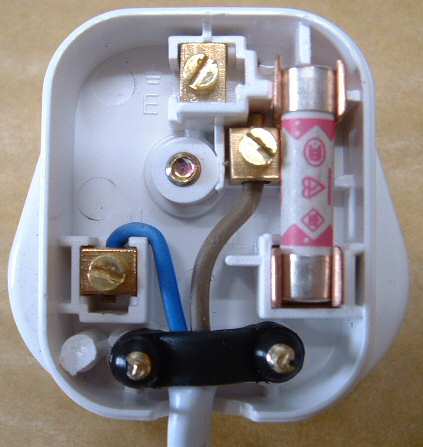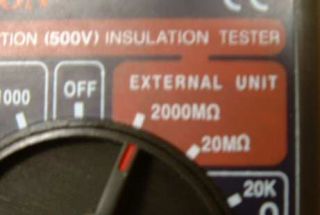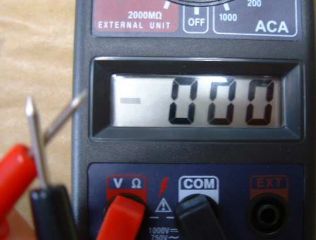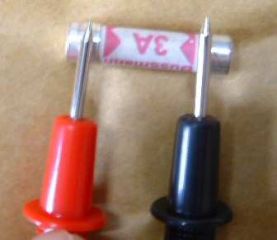How to test for a blown fuse
Fuses are a deliberate weak link in a circuit, they are there to protect the circuit from damage. A fuse is simple a piece of wire that is designed to fail if too much current passes through it. Blown fuses are normally a rare occurrence, if you have fuses that are constantly blowing you should get the appliance checked by a competent electrician.
It's not unusual for a fuse to blow when a incandescent light bulb fails as this can cause the lamp to draw too much current which will blow the fuse, this often happens with MCB's when a incandescent light bulb fails in a domestic lighting circuit, the failure of the lamp can trip the MCB causing the whole lighting circuit to be switched off.
| Before working on any electrical circuit you must ensure that it is isolated correctly and cannot accidentally be switched back on. Please read the article on safe isolation procedures before doing any electrical work. If you are not 100% certain what you are doing call a qualified electrician. Building regulations are changing all the time and modifying your home electrics could be against new rules and could invalidate your home insurance, if in doubt check first! |
FUSES IN PLUGS

To check whether a fuse has blown in a plug you are going to need a screwdriver and Multi meter, if you do not have a multi meter do not worry as it is still relatively easy to check. Start by switching the appliance off at the socket and remove the plug from the socket. Remove the screw from the centre of the plug and pull off the cover to expose the fuse.
The fuse can be tested without removing it from the plug but here I have removed it for clarity. You must make sure that it is placed on a non conductive surface to test it. Do not hold it in your hands as this can give a false reading as you are conductive!

Select OHMS on your multi-meter, it does not matter if the multi-meter is analogue or digital

Hold both of the probes together to test the meter, the reading should be zero. If your meter has a bleep function you can use this, you will get an audible bleep when touching the probes together

Now hold the probes on each end of the fuse.
The reading on the multi metre should be zero, if the reading is not zero then the fuse has blown and needs replacing.
If you do not have a multi meter or suitable tester then the only way to test a suspect fuse is to put it into another appliance that you know is working!



